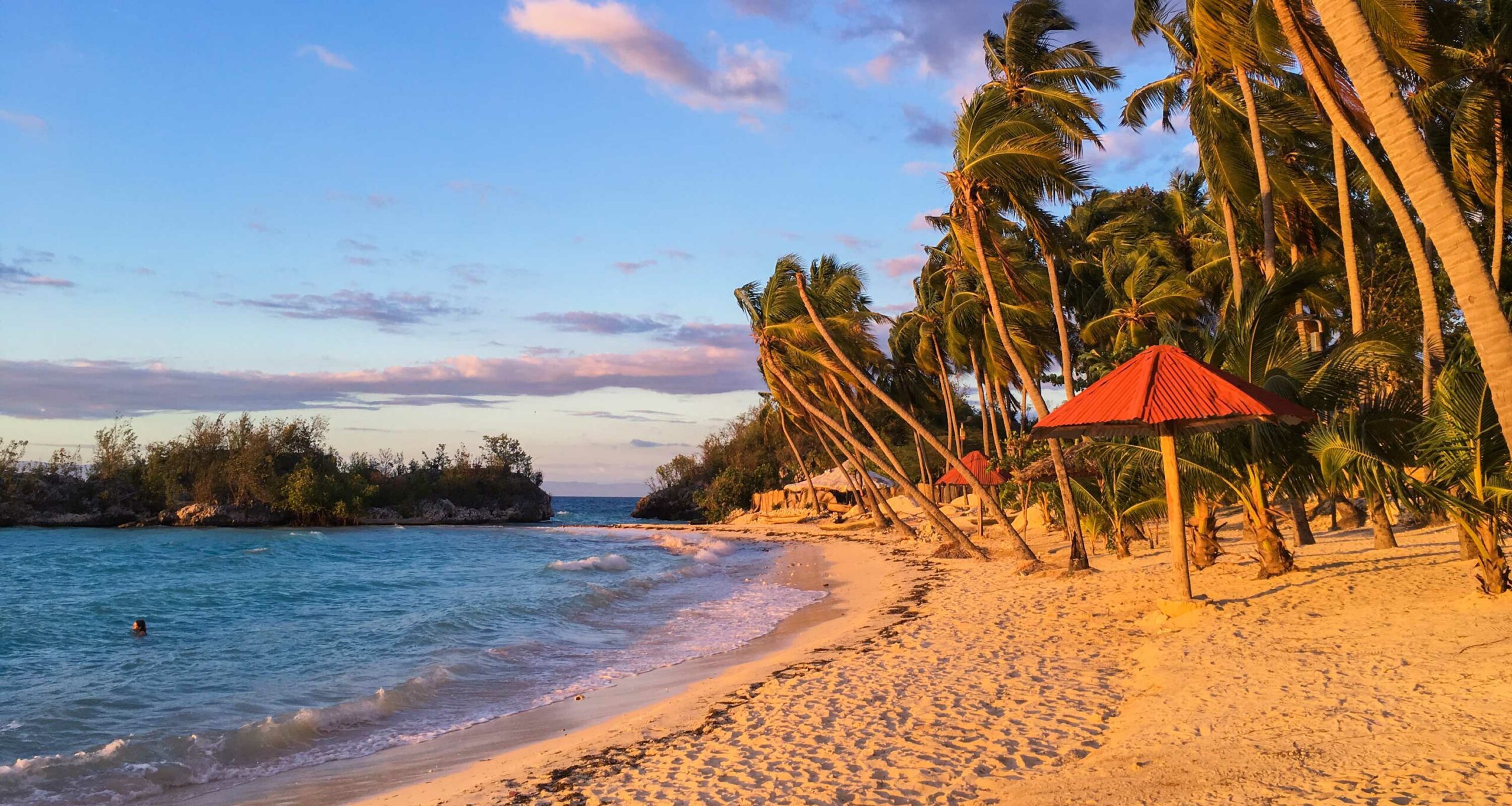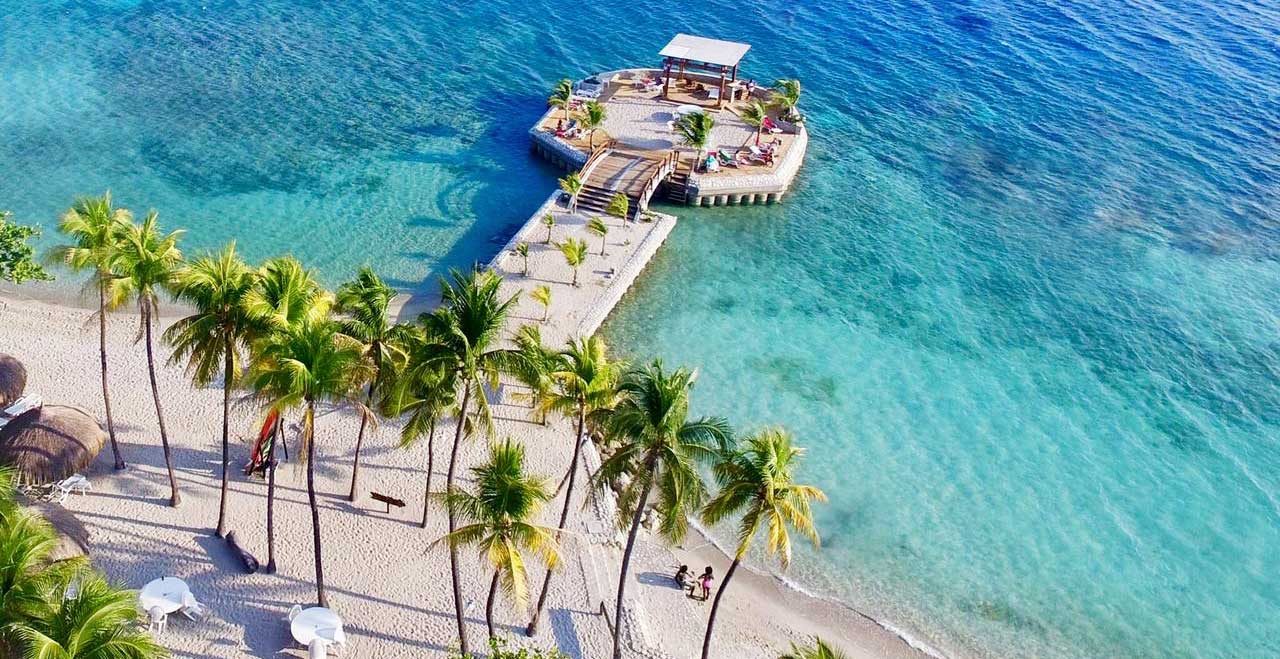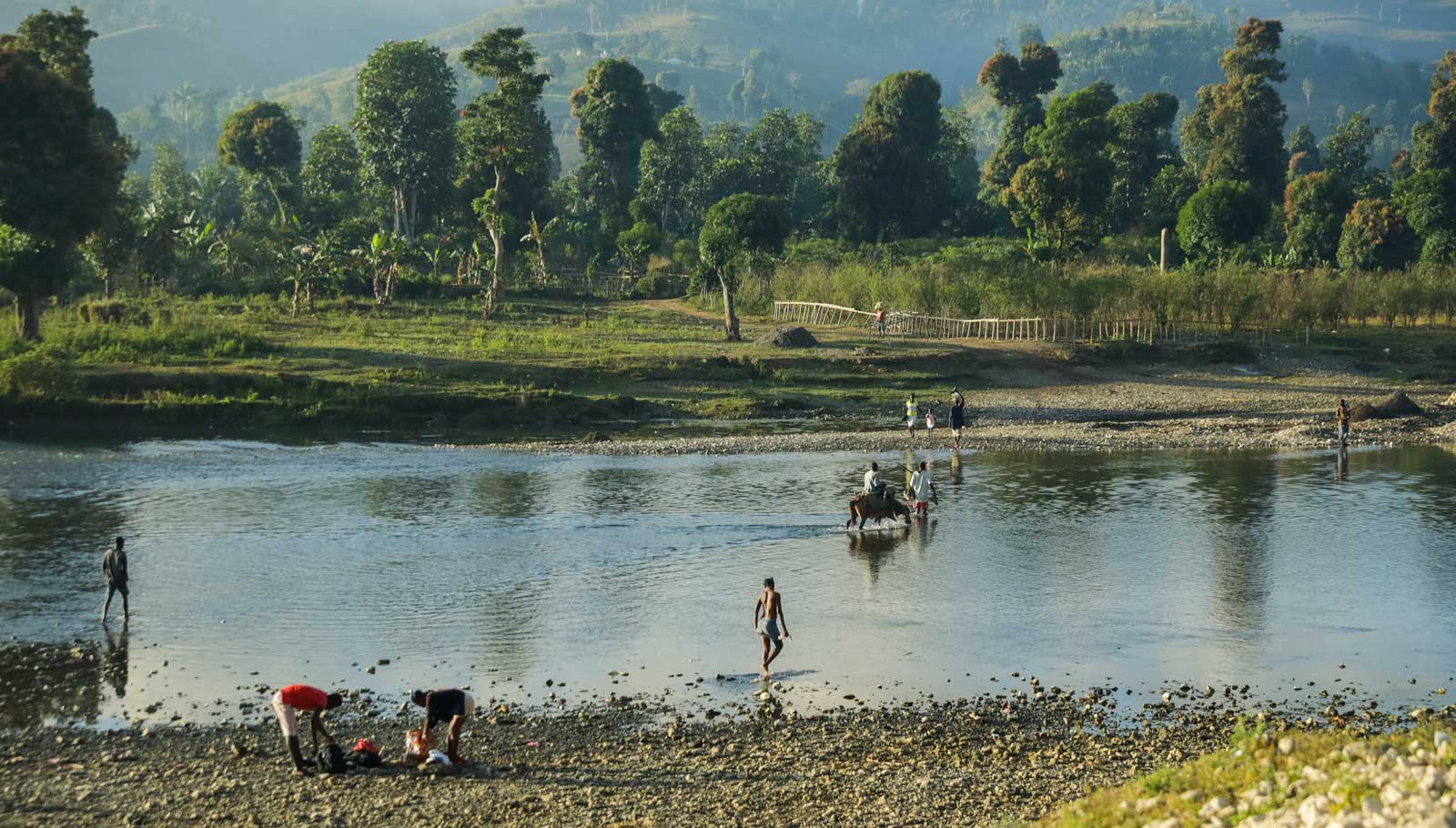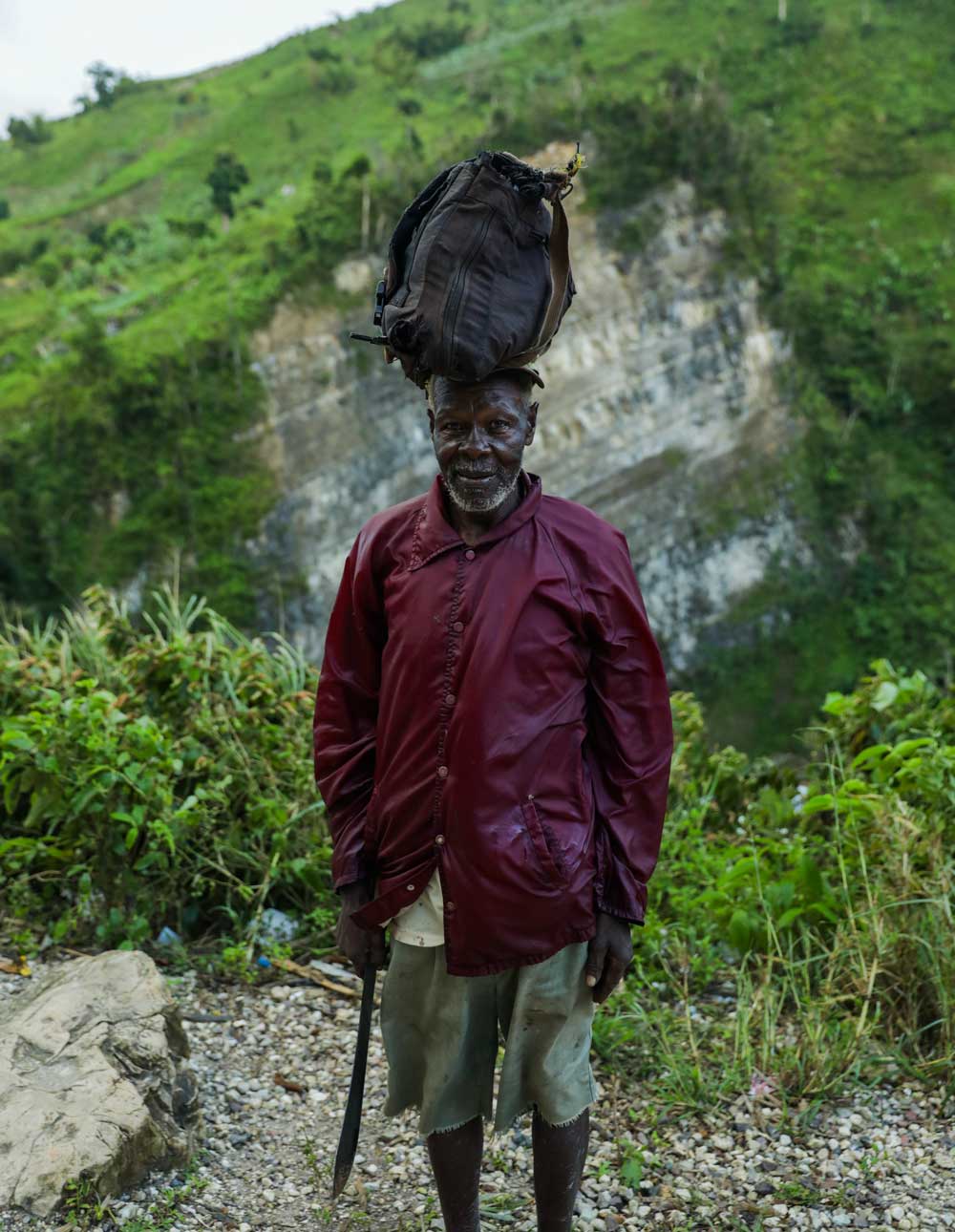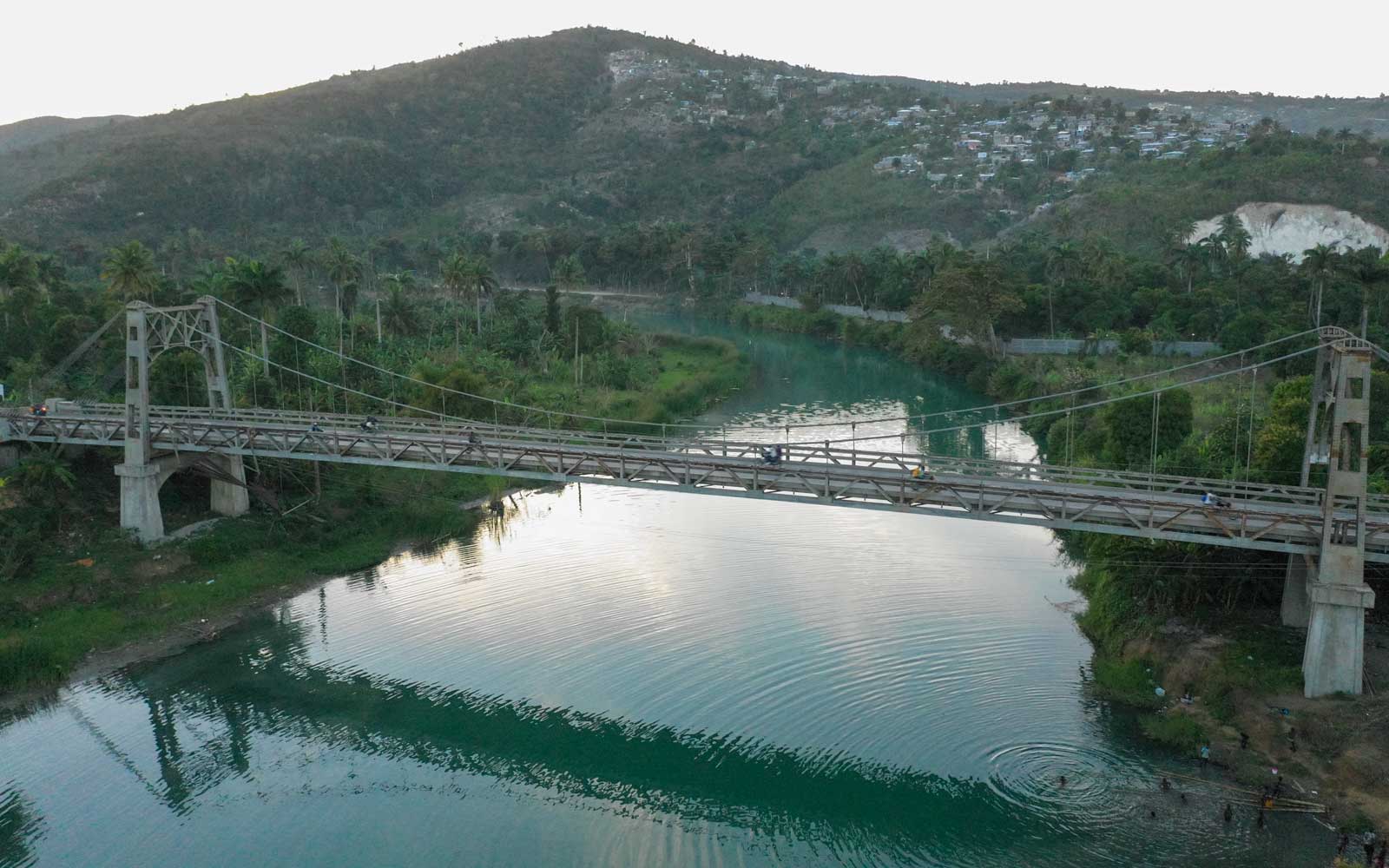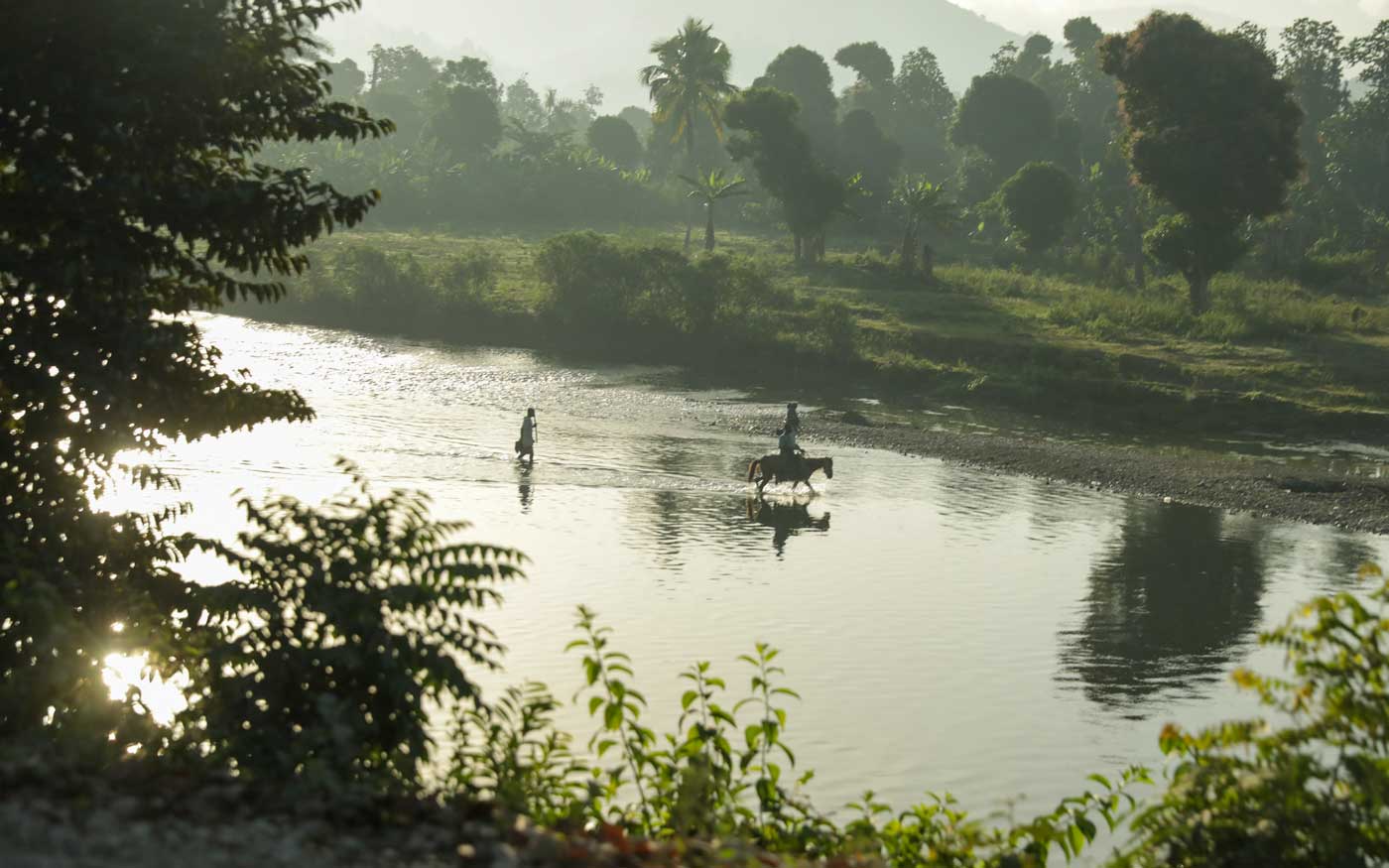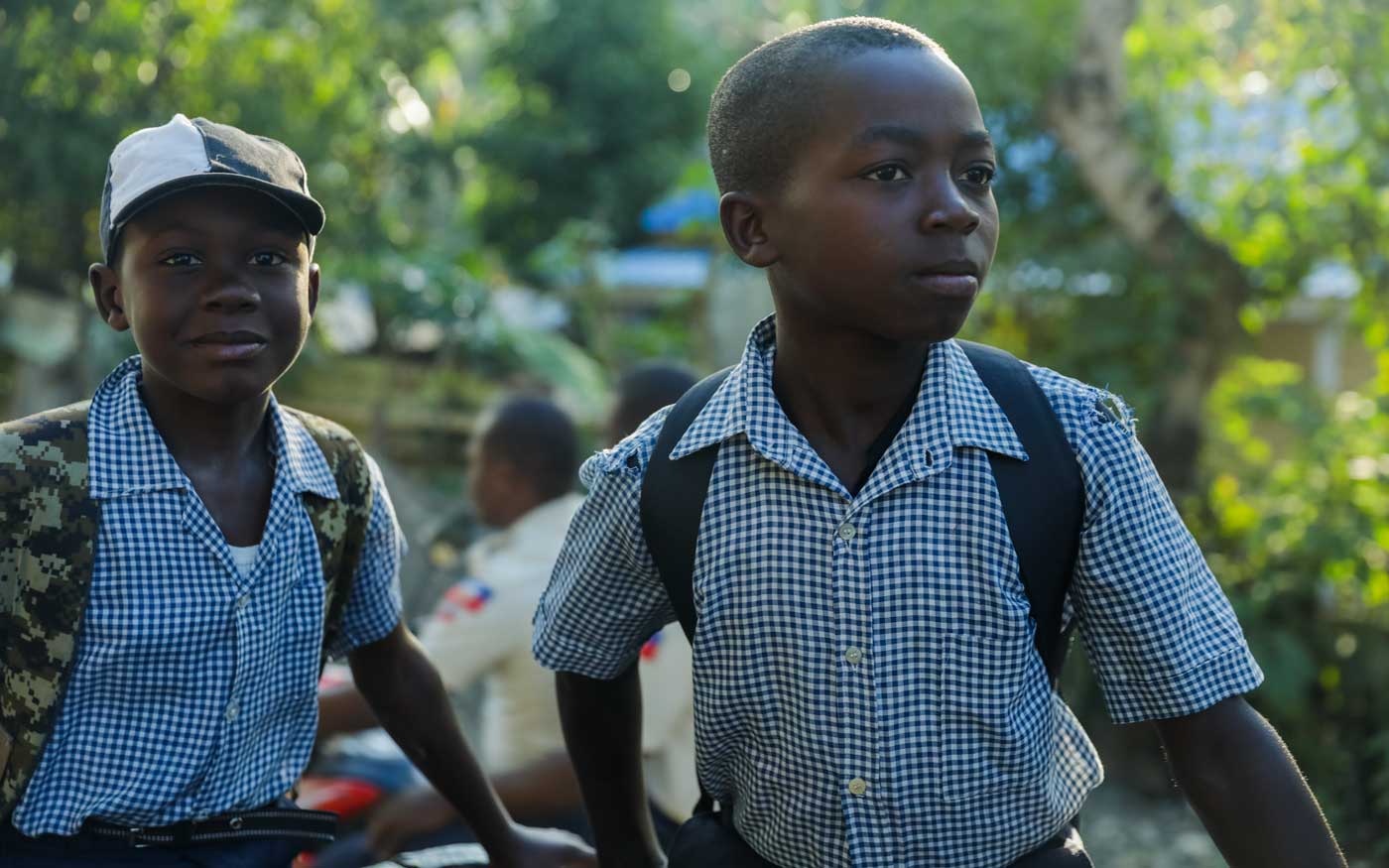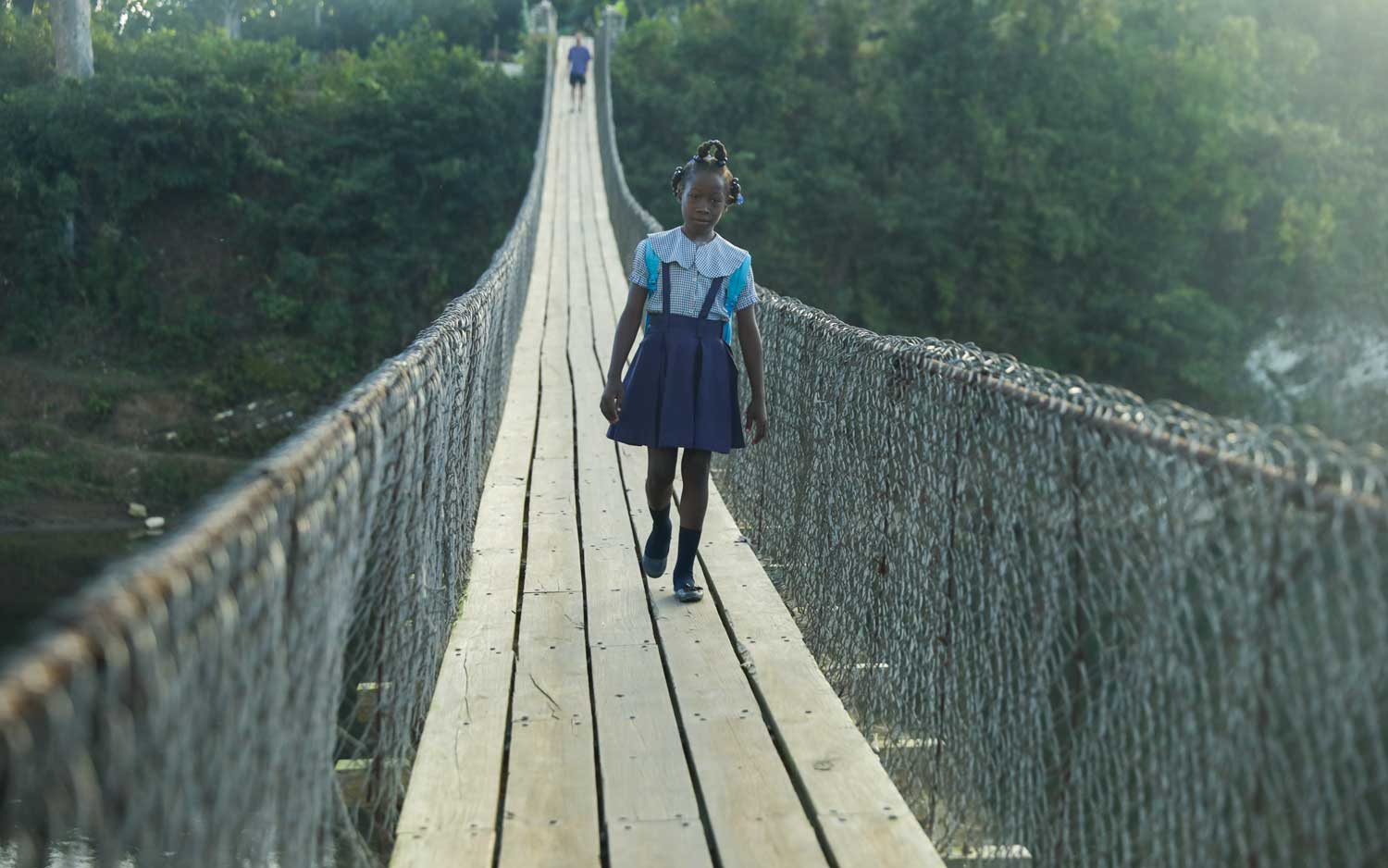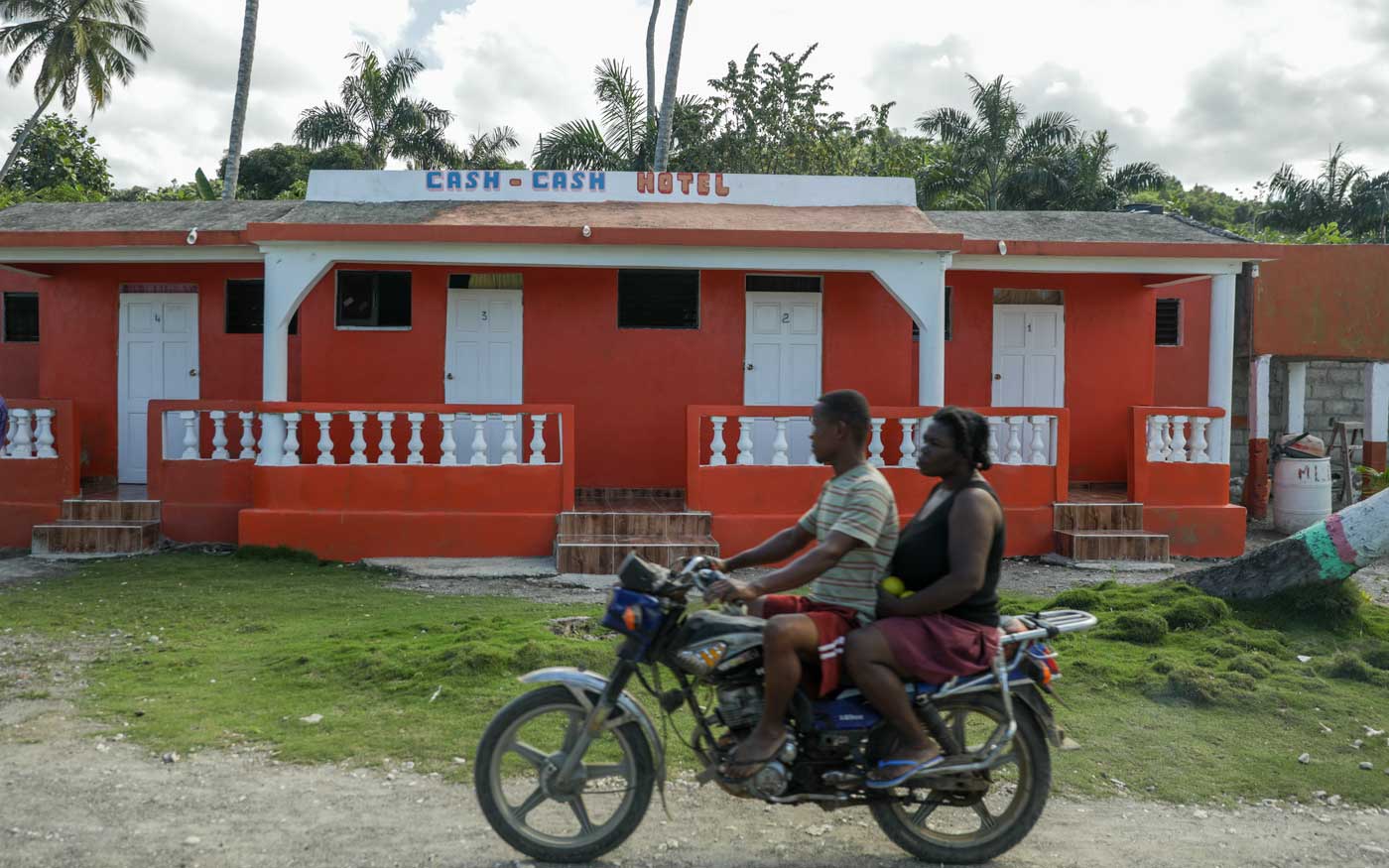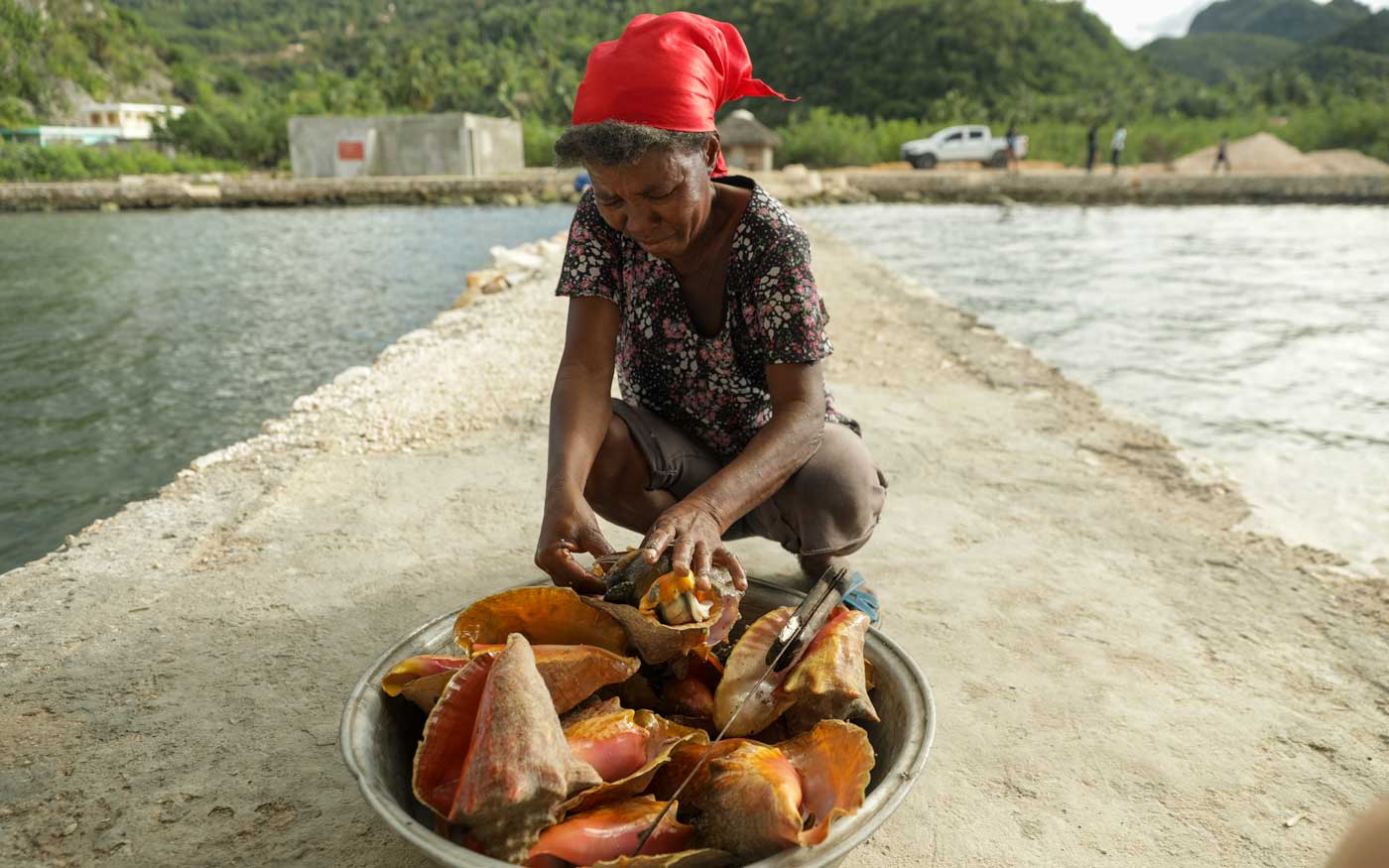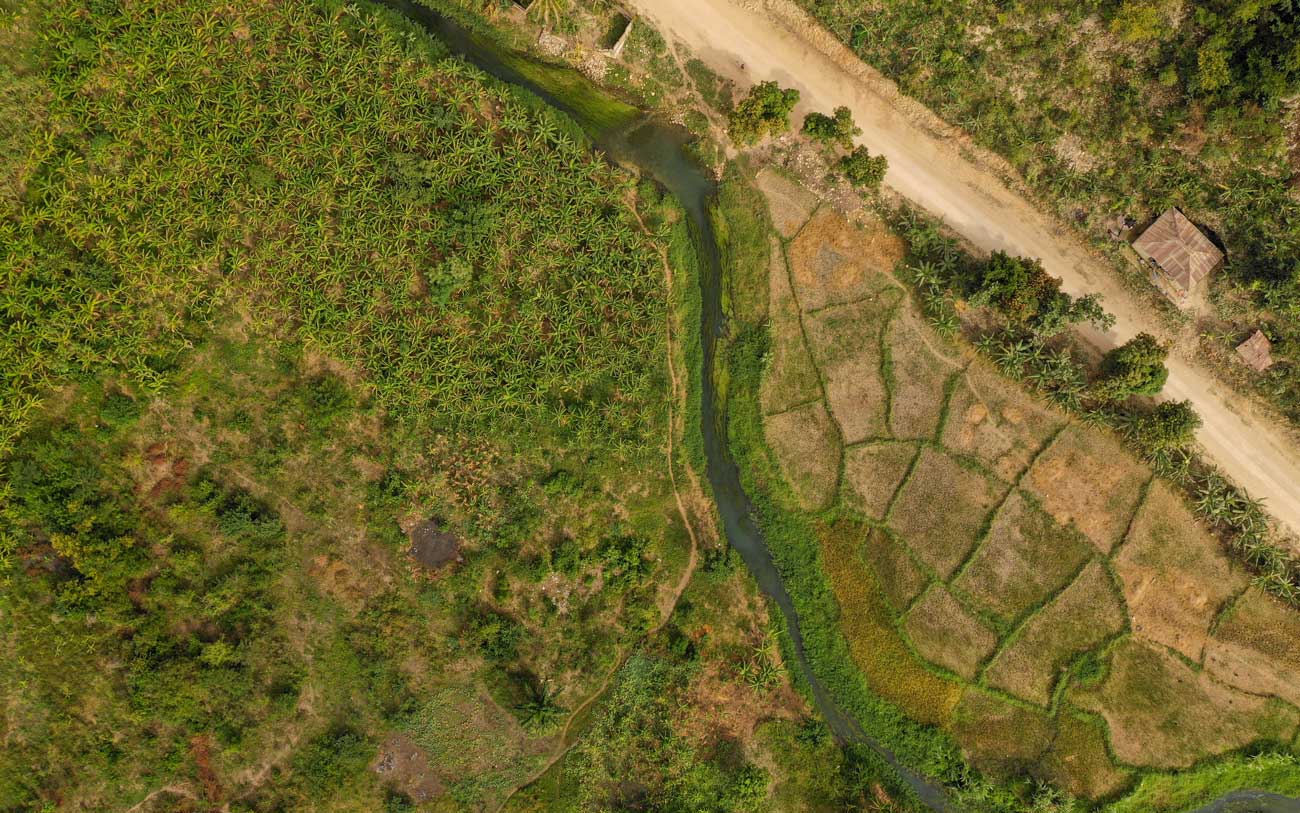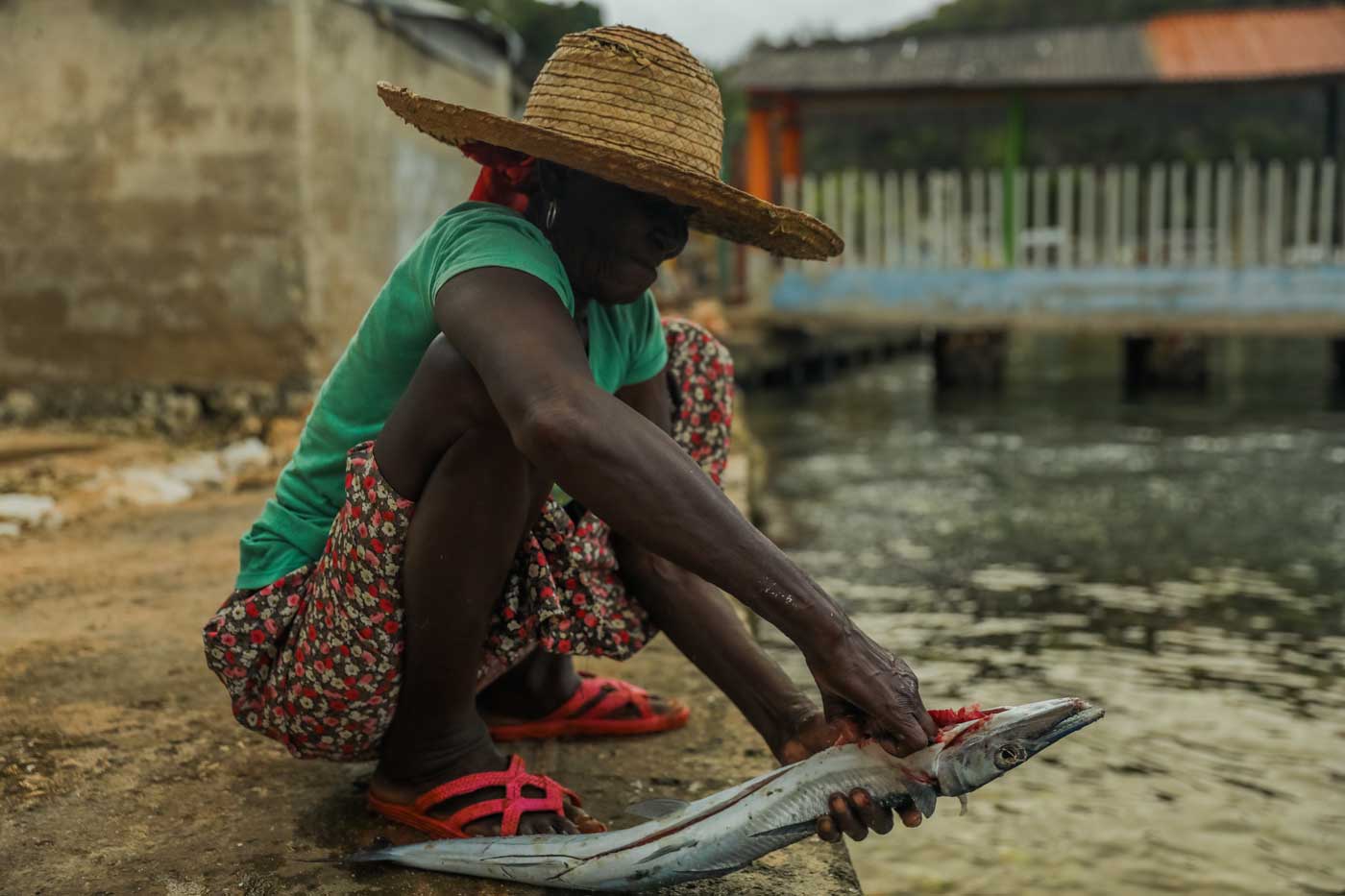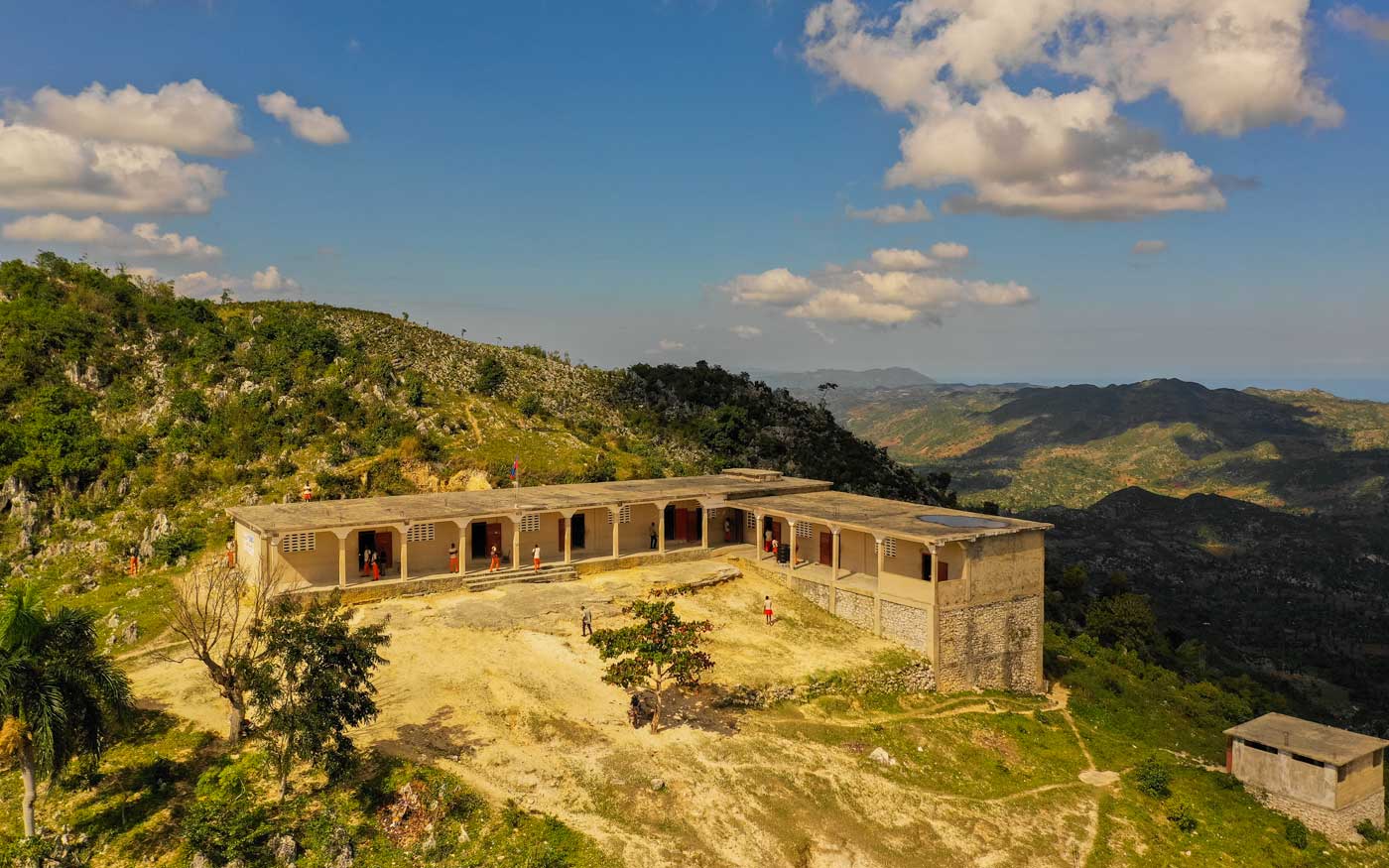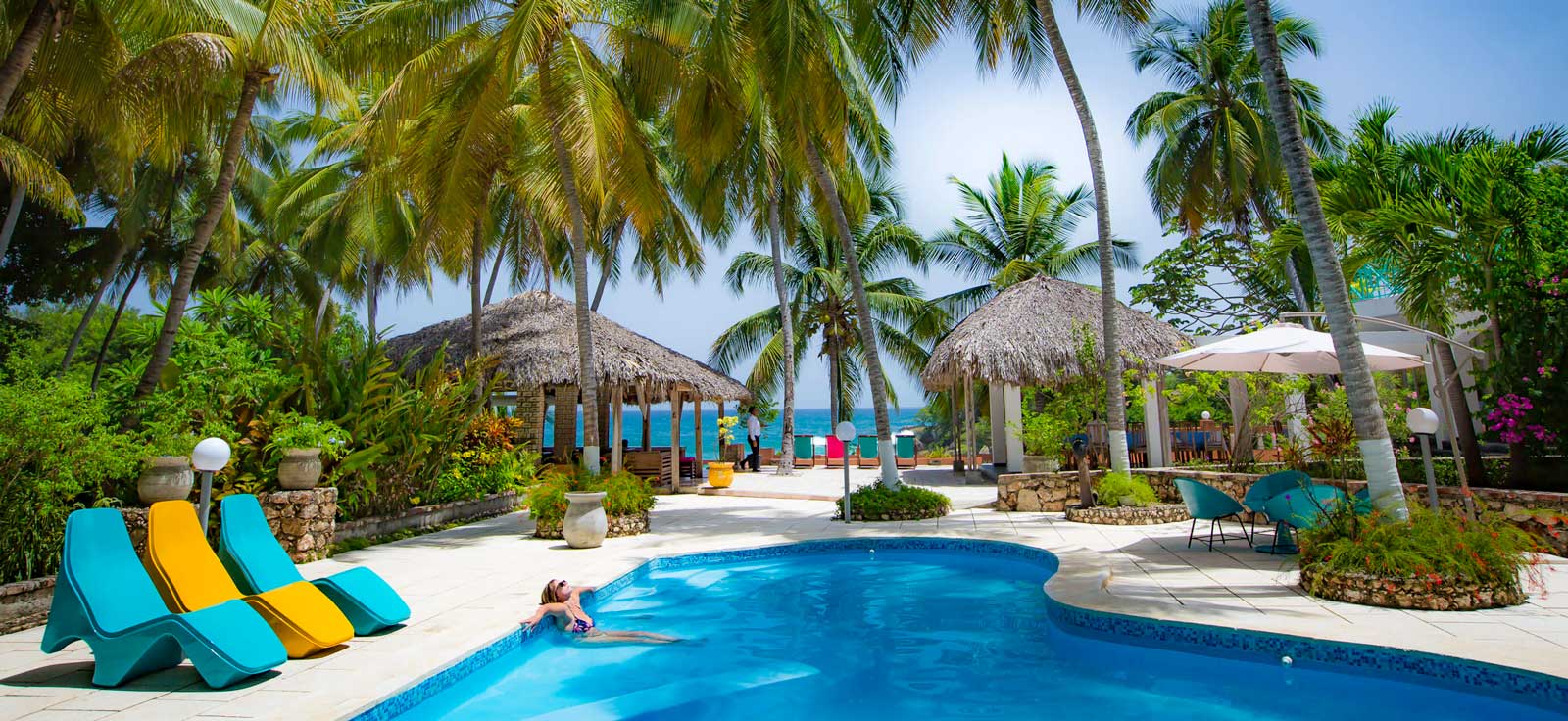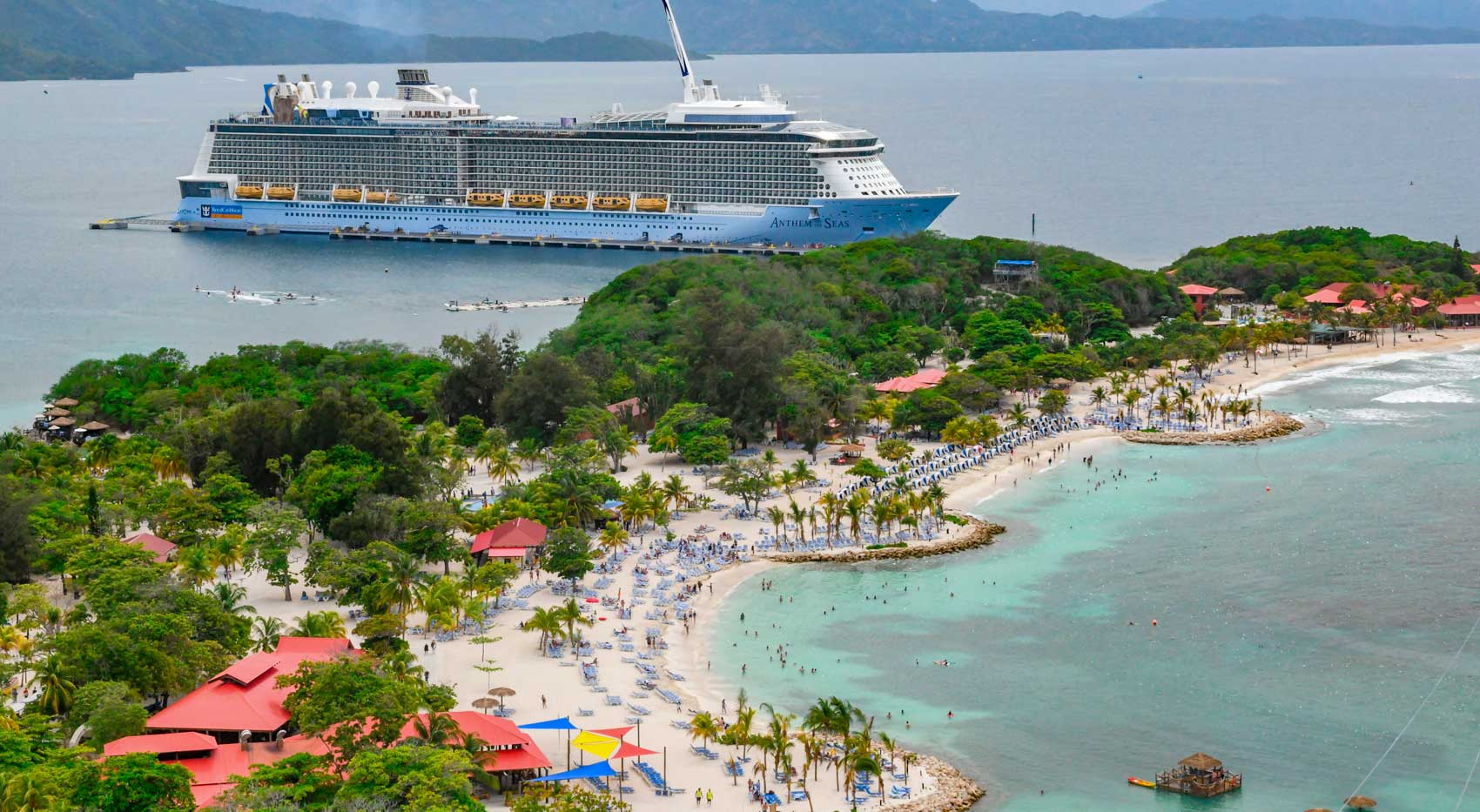
Photo: Alamy
Labadee Beach: Haiti’s Most Exciting Destination
Enter a Portal of Excitement to the Heavenly Port of Labadee!
Labadee is a destination that truly has it all—from ultra-tropical beaches with stunning views to adrenaline-pumping activities that define its unique charm. As cruise travel continues to rise in popularity, and with competitive deals now more accessible than ever, adding the Port of Labadee, Haiti, to your list of cruise adventures is an opportunity you won’t want to miss. Book your Labadee cruise today and start planning your unforgettable Caribbean getaway!
Weather in Labadee
Labadee enjoys cooling Atlantic breezes year-round, with wind speeds ranging from 12 to 19 km/h and the windiest month being July. Temperatures peak in August, reaching up to 101°F (38°C), but typically range between 23°C and 29°C.
To avoid rain, plan your visit outside Haiti’s rainy season, which runs from April to October, with the heaviest rains at the start and end of the season. With an annual rainfall average of 49 mm, Labadee’s weather remains delightful, making it perfect for your next Caribbean getaway.
From Sugar Mills to Cruise Ships
In the 17th century, Marquis de La Badie, a French nobleman, settled in this area, which later adopted his name. Today, you can still explore the ruins of historic sugar mills that once played a central role in the region’s colonial economy, producing sugar that was a valuable export during the era of French settlement.
Since 1986, Royal Caribbean has leased the peninsula exclusively, ensuring a safe and popular destination for travelers. Beyond its exclusivity, Labadee plays a key role in Haiti’s tourism, providing income for local artisans through free-market trade and supporting the local economy during challenging times.
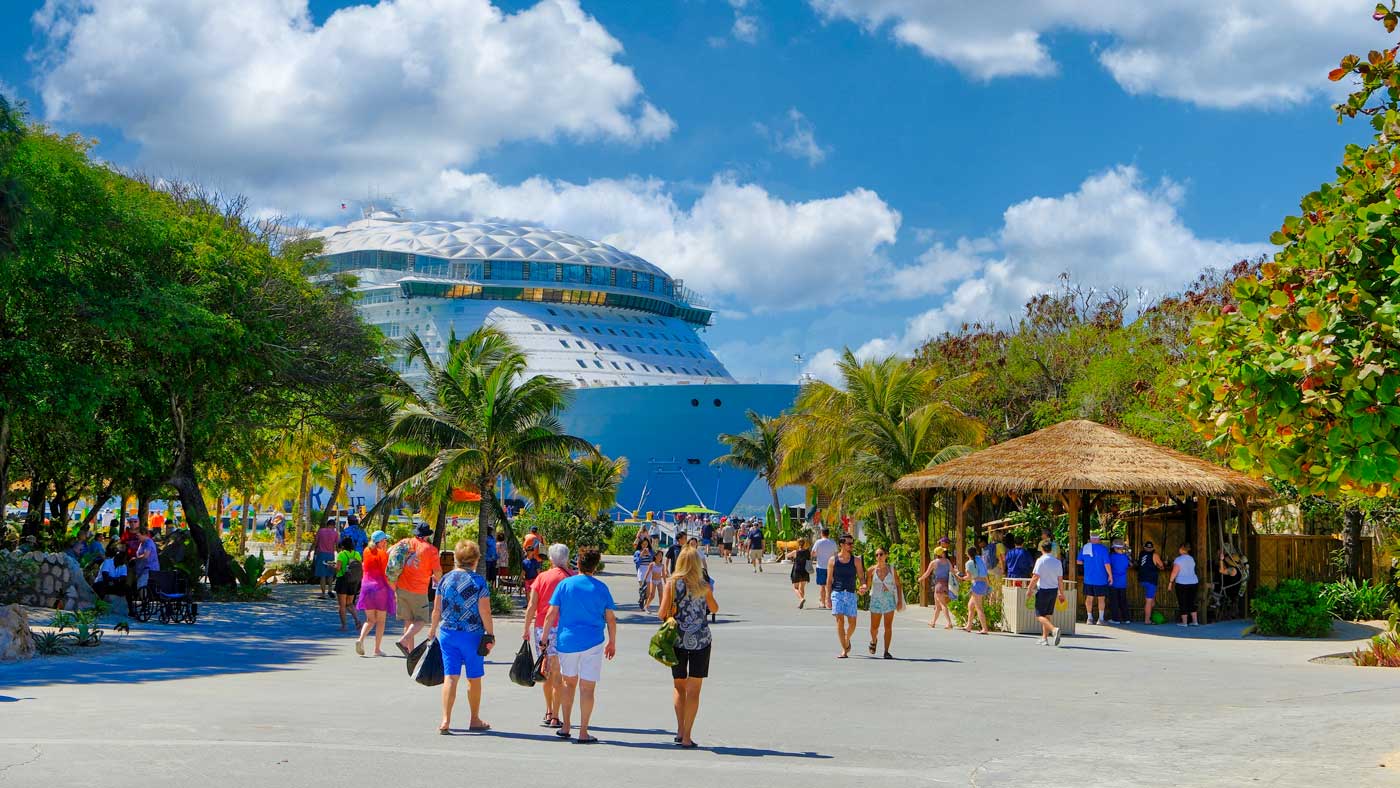
Photo: Shutterstock
Tips for Making the Most of Your Labadee Trip
Book with the Best Cruise Lines
Royal Caribbean, Celebrity Cruises, and Azamara are the primary cruise liners that stop at Labadee. These companies offer top-notch amenities, packages, and deals, turning your dream of a Caribbean escape into reality. Check out the latest cruise deals here!
Upgrade with Private Beach Bungalows
For the ultimate luxury experience, pre-book a private cabana or bungalow:
- Nellie’s Beach: Perfect for a tranquil day with private food and drink service, exclusive transportation, and extra comforts.
- Barefoot Beach: Exclusive to Deluxe accommodations and special packages, offering an unparalleled Caribbean retreat.
Pro Tip: These rentals are in high demand and often booked weeks or even months in advance. Plan ahead to secure your spot.
Don’t Miss the Royal Caribbean Beverage Package
Enhance your trip with one of Royal Caribbean’s beverage packages, which are valid onboard and at all ports of call:
- Basic Package: Includes water and soft drinks.
- Refreshment Package: Adds juices, shakes, coffee, tea, and non-alcoholic drinks.
- Deluxe Package: Includes all of the above, plus beer, wine by the glass, spirits, and cocktails.
With the Deluxe Package, you’ll also have access to the Floating Bar at Labadee, located beneath the thrilling Dragon’s Breath Zipline. Sipping a Piña Colada or a Haitian rum Cuba Libre while watching zipliners soar overhead is an experience you won’t want to miss.
Relax and Recharge
Your cruise pass gives you access to complimentary beach chairs, hammocks, and shaded areas, making Labadee the perfect spot for ultimate relaxation. Take a nap by the shore or enjoy the gentle sway of a hammock as you soak in the Caribbean breeze.
Safety First
Royal Caribbean ensures a safe and secure environment with lifeguards stationed at all pool and beach areas. A fully equipped first aid site is also available for emergencies, so you can relax with peace of mind.
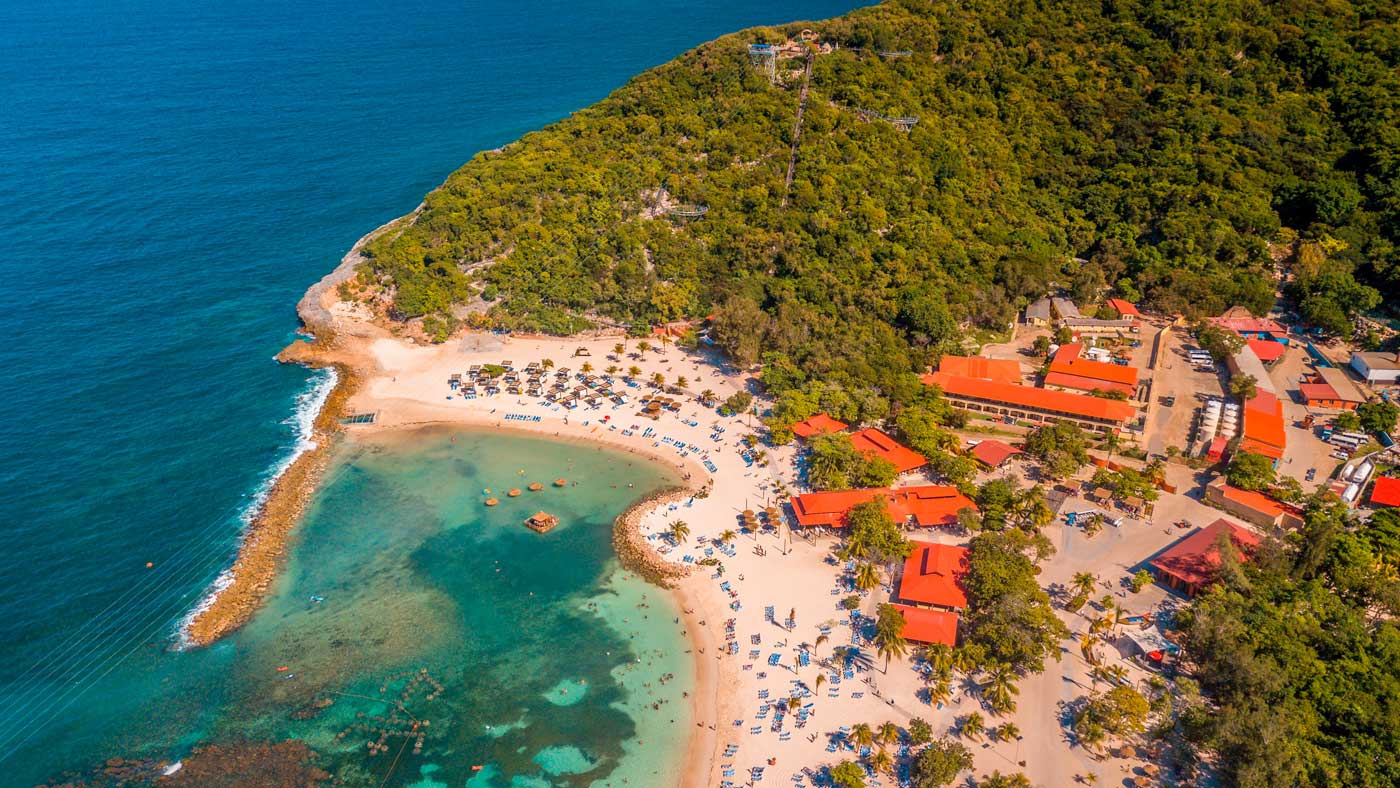
Photo: Shutterstock
How to Get the Best Deals to Labadee
While booking directly with Royal Caribbean is an option, you can often find incredible discounts through their partner websites, saving 50% or more on your first voyage.
Pro Tip: Check out CruiseDirect.com, one of Royal Caribbean’s biggest affiliates, for the latest itineraries and unbeatable deals.
What to See in Labadee
Artisan Market
Explore Labadee’s busy open market, home to around 70 booths run by local merchants and artisans. Watch as talented Haitian artists carve wooden sculptures, paint stunning canvases, and create unique jewelry and souvenirs. However, be prepared—vendors can be quite persuasive in their sales pitches. If you’re a bit of a soft touch, bring your bargaining skills!
Natural Surroundings
For a more immersive nature experience, lace up your walking shoes and wander Labadee’s scenic asphalted trails. These paths lead through lush mountainous vegetation, offering stunning views and peaceful surroundings. Don’t worry if walking isn’t an option—the color-coded trails are wheelchair-friendly and cater to different fitness levels, ensuring everyone can enjoy the beauty of Labadee.
Haitian Village Cultural Experience
Take a short boat ride to Paradise Cove for an authentic Haitian cultural experience. At the village, you’ll learn about traditional agriculture and see how locals make coffee, cacao, cassava, and peanut spread. For a refreshing twist, wade into the knee-deep waters surrounding the village before heading back with unforgettable memories.
Off-the-Hook Beaches
Labadee’s beaches are the crown jewels of this tropical destination. With five stunning options to choose from, there’s something for everyone:
- Adrenaline Beach: Perfect for thrill-seekers.
- Columbus Cove: Known for its calm waters and family-friendly vibe.
- Paradise Cove: A serene escape for relaxation.
- Nellie’s Beach: Ideal for those seeking luxury and exclusivity.
- Barefoot Beach: Exclusively for deluxe package guests.
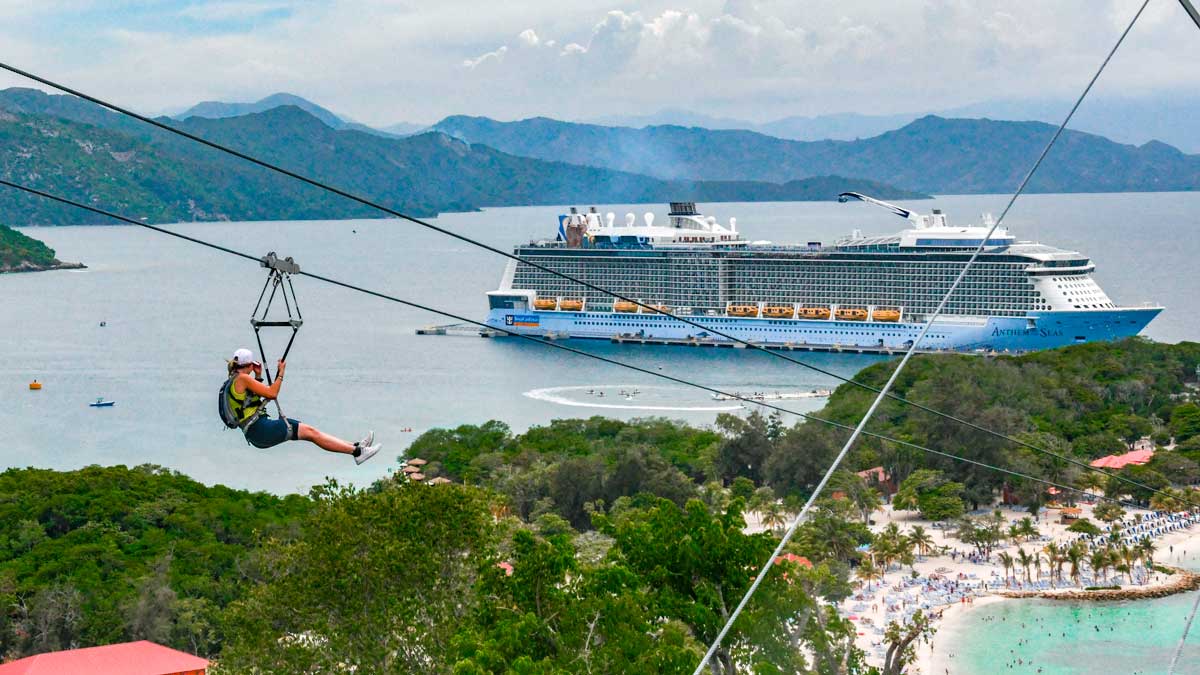
Photo: Alamy
Activities & Things to Do
Watersports
Labadee is a watersports paradise! From jet skiing and kayaking to paddleboarding, snorkeling, and diving, there’s no shortage of aquatic excitement. These activities are included in many cruise packages, so take full advantage of the opportunity to explore the sparkling Caribbean waters.
Thrill Rides
If you’re looking for a rush, Labadee has you covered:
- Ride the Dragon’s Tail Coaster for twists, turns, and spectacular views.
- Take on the Dragon’s Breath Zipline, soaring head-first over the cove waters.
- For younger adventurers, the Arawak Water Park offers shaded areas, fun slides, and refreshments.
Relaxation
After all the excitement, it’s time to relax. Spread out your beach towel, sink into a hammock, and take in the breathtaking surroundings. Labadee’s five beaches cater to every kind of traveler, whether you’re looking for peace and quiet or family fun. Complimentary beach chairs and hammocks ensure that relaxation is as effortless as possible.
Boat Trip to Île-à-Rat (Amiga Island)
Add a touch of adventure to your visit with a boat trip to Île-à-Rat, also known as Amiga Island. This serene escape offers crystal-clear waters, soft white sands, and vibrant marine life, making it perfect for snorkeling or simply unwinding in paradise. Accessible via a scenic boat ride from Labadee, this tiny Haitian island is an unforgettable addition to your Caribbean itinerary and one of our favorite lesser-known beaches in Haiti.
What to Know Before You Go
Make the most of your trip to Labadee with these essential tips:
Bring Your SeaPass Card
Your Cruise Ship SeaPass card is your lifeline at Labadee. You’ll need it for transactions, booking tours, renting snorkeling equipment, and accessing rides. Forgetting it on the ship could derail your entire day.
Carry Cash
Bring enough cash, preferably in small denominations, for purchases at the Artisan Market and for tipping staff who go above and beyond.
Wear Shoes
Going barefoot might seem like the tropical island thing to do, but the sand and pavement can get scorching hot. Protect your feet and avoid an uncomfortable experience by wearing sandals or water shoes.
Stay Hydrated
The Caribbean heat is no joke. Bring a refillable cruise ship cup to stay hydrated throughout the day—it could save you from dehydration.
Start Early
Labadee is a busy port with thousands of visitors each day. Arrive early to claim the best beach spots, book excursions, and avoid long lines for rides and cabanas. The resort operates on a first-come, first-served basis.
Understand Labadee’s Experience
Labadee is a curated resort destination that offers an enjoyable experience but doesn’t provide a deep dive into Haitian culture. If you’re looking to experience real Haitian culture, be aware that you won’t find much of it at Labadee. Cruise ship passengers are limited to staying on the beach resort grounds, as the docking area is separate from the rest of the island.
If you want to explore Haiti’s rich history and culture, you’ll need to plan a separate trip to nearby Cap-Haïtien, where you can visit iconic landmarks like the Citadelle and Sans-Souci Palace.
No problem, though (or, “pa gen pwoblem” as the Haitian expression goes): Labadee still gives you a taste of Haitian craftsmanship at the Artisan Market and plenty of ways to relax and enjoy the tropical paradise.
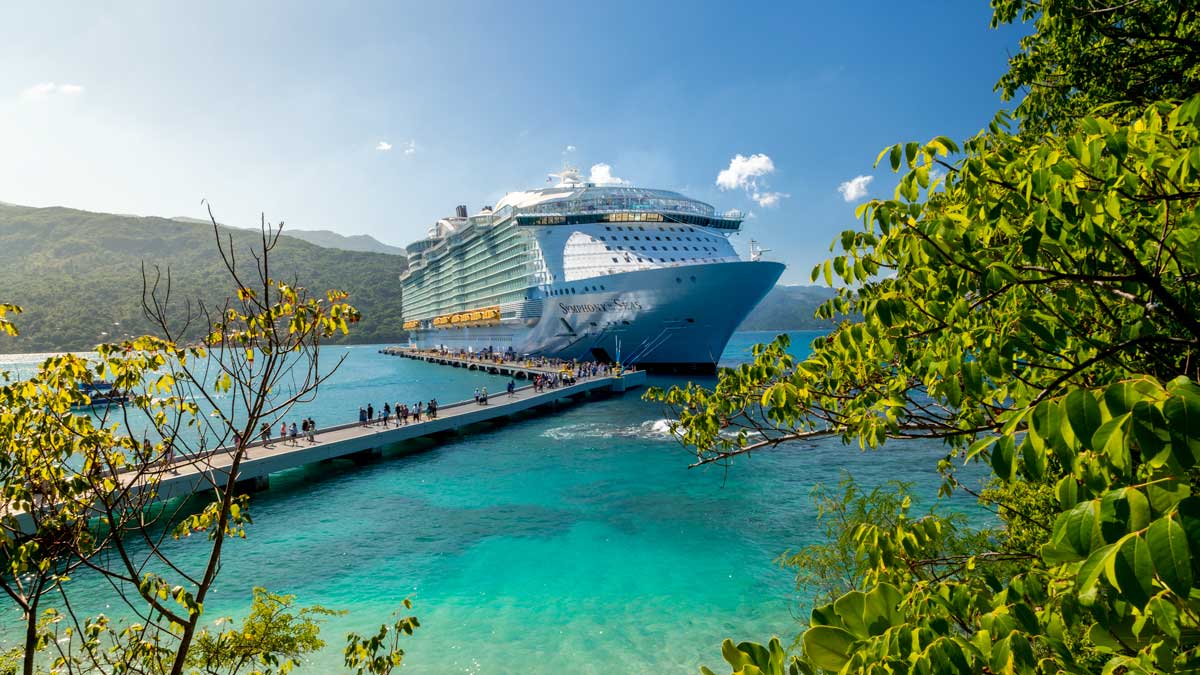
Photo: Shutterstock
Find Labadee Beach
External Links
Book your cruise to Labadee

Read reviews from other travelers

Cool things to do around Cap-Haïtien

Paradise for your inbox
Your monthly ticket to Haiti awaits! Get first-hand travel tips, the latest news, and inspiring stories delivered straight to your inbox—no spam, just paradise.








